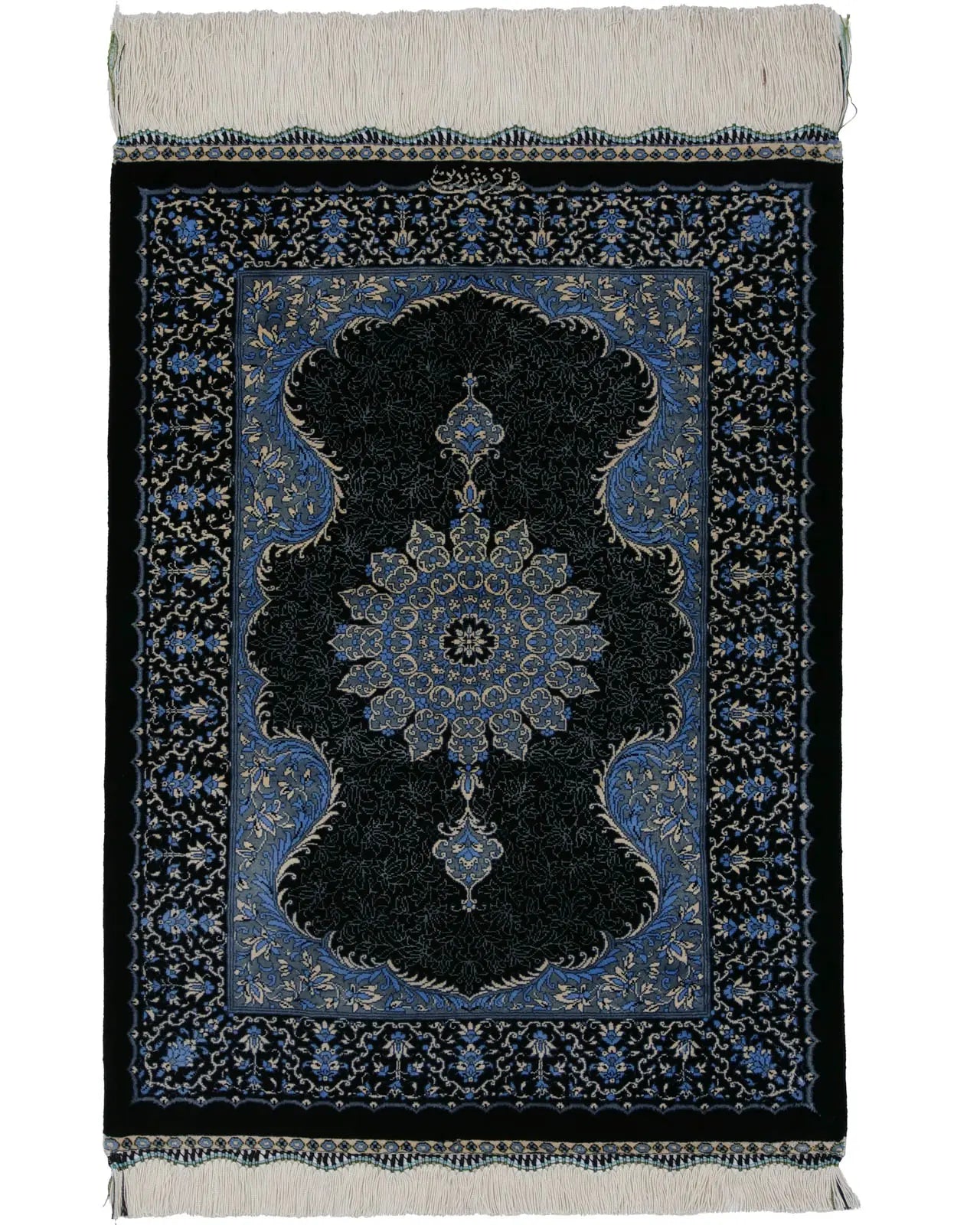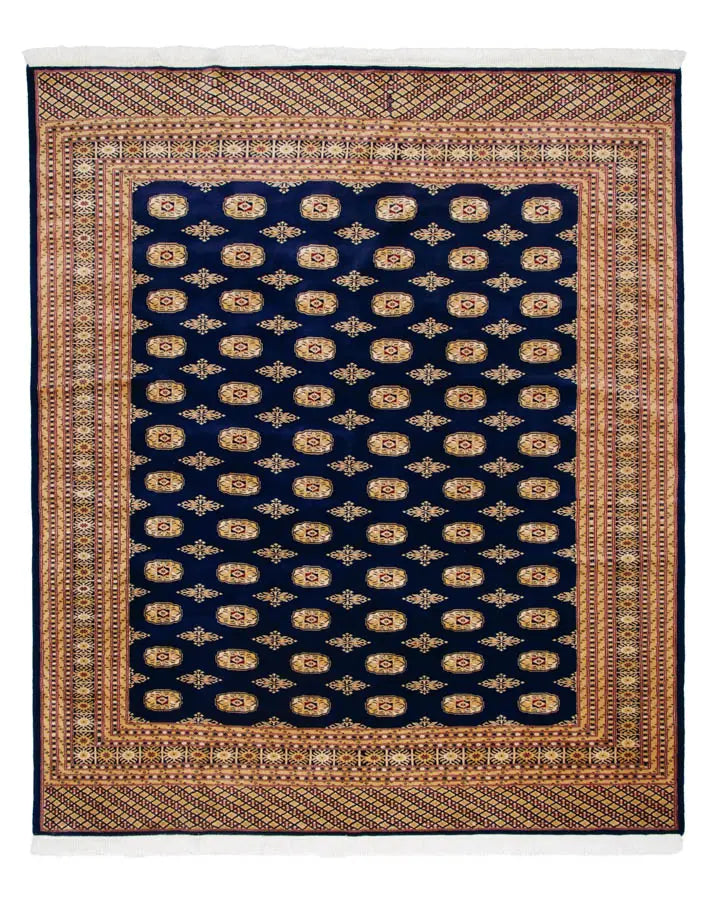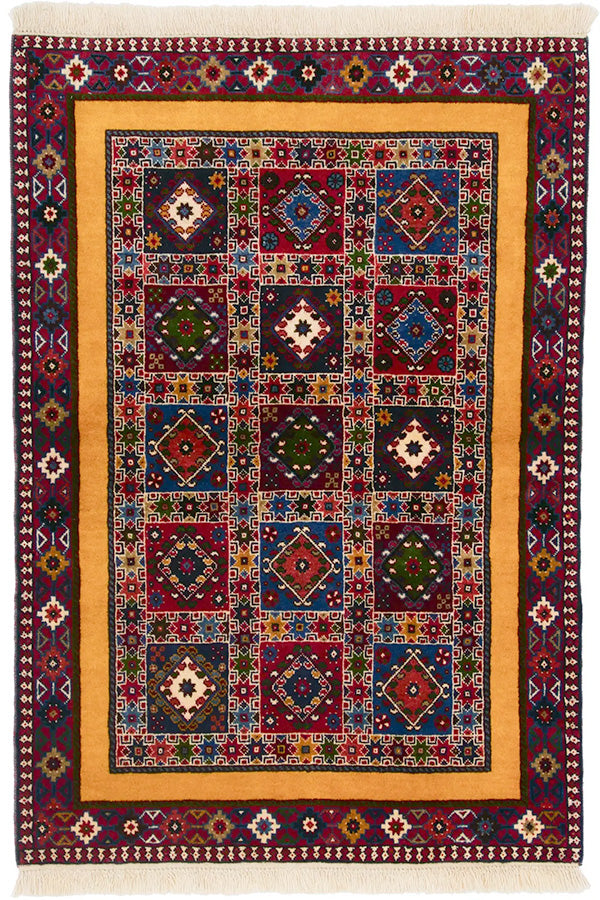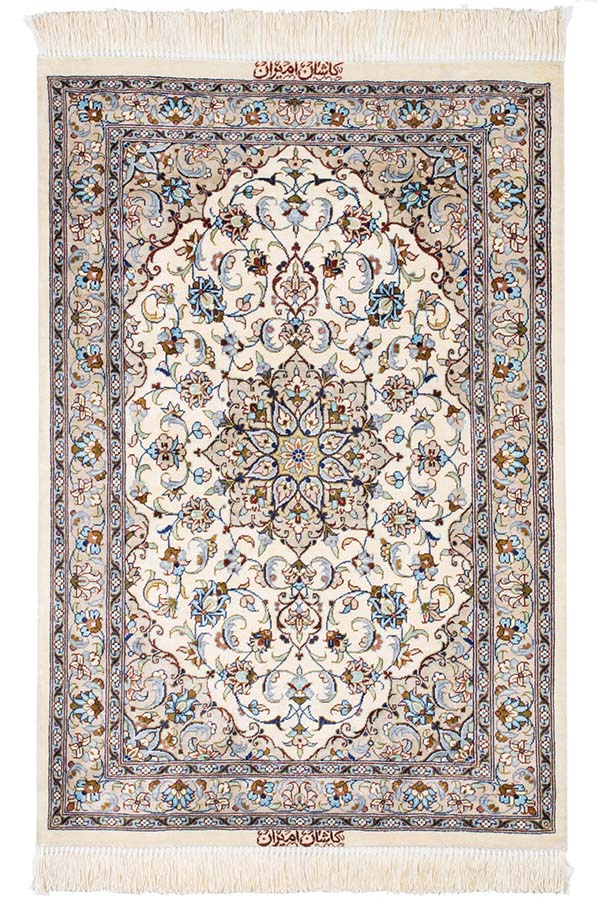The city expanded rapidly after becoming the capital during the Qajar Dynasty (1796–1925) and is now home to most of the nation’s key governmental, economic, and cultural institutions. Geographically, Tehran lies in the northern part of Iran, nestled in the foothills south of the Alborz Mountains, with elevations ranging from 900 to 1,800 meters above sea level.
The city features numerous museums with diverse collections, a large traditional bazaar, and a generally mild climate.
Although Tehran officially became the capital in 1796, the city did not emerge as a center for carpet production until the 20th century.
Especially after 1945, Tehran carpets began gaining recognition in international markets. They are known for their high knot density, refined craftsmanship, and vivid color palettes that distinguish them from other regional styles.




